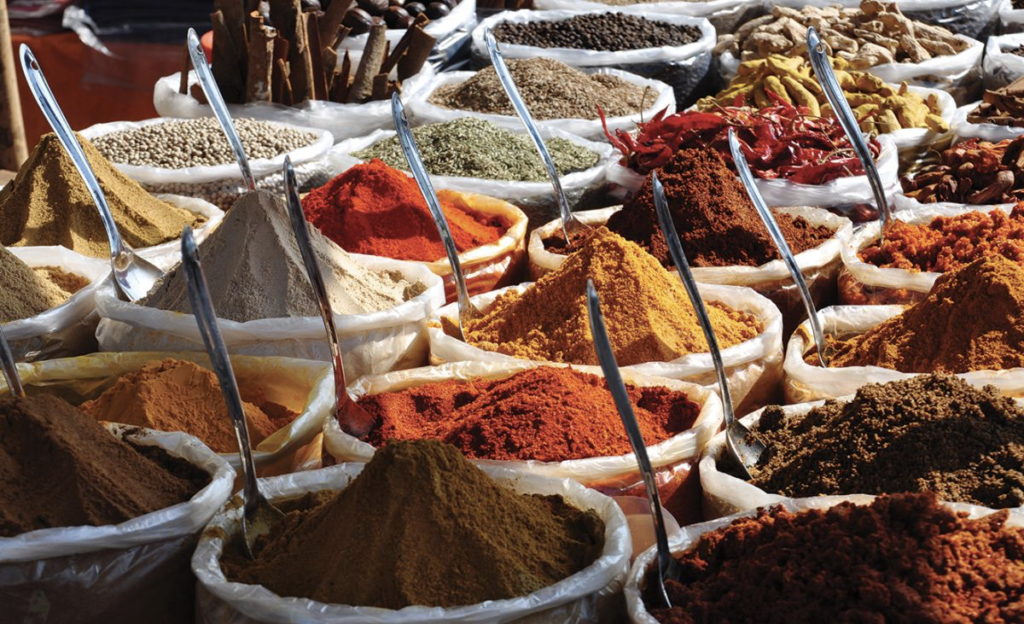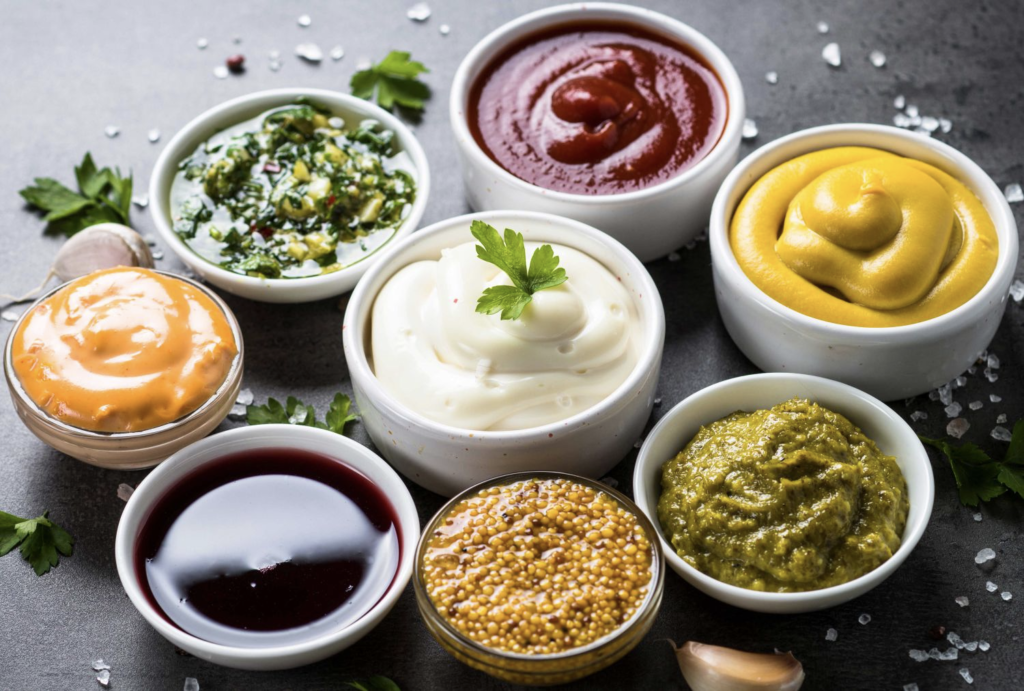This is a bright, deep taste, fragrant spices, spicy sauces, exotic ingredients, deep authenticity, and immersion in philosophy, which are so famous for Asia. Here, food is a whole science of how to combine the incompatible, quickly and boldly create a unique dish, preserving the true taste of each product. You can get acquainted with the works of philosophers of antiquity by ordering the translation of Asian languages in a translation agency https://translation.center/de.
Let’s talk about what is Asian cuisine and why it attracts people from all over the world.
What do we know about Asian food?
The vast Asian region involves a common direction of cooking in a number of countries whose culture is very different on the outside, but has a deep internal identity. It would be more correct to divide the cuisine into Japanese, Chinese, Korean, Thai or Vietnamese. Each has its own atmosphere, its own unique ingredients and ways of preparing them. But for us Europeans, all of them are united by the word – Asian. You can order the translation of texts from Japanese, Chinese, Korean, Thai, and Vietnamese languages at the translation agency https://translation.center/de-uebersetzungsbuero-hamburg.
Characteristic features and food habits of the listed countries:
basic products rice and noodles;
the use of low-fat, soy foods, and seafood;
spicy and plentiful seasonings;
tea as the main drink;
the most common way to cook food is to fry in hot oil.
The Asian chef is a philosopher, a conductor of ancient wisdom, who is proud of his identity and belonging to all the generations of chefs before him. Any Asian dish for him is a work of art, designed to delight the soul and heal the body. Due to the rapid heat treatment, maximum nutrients and vitamins are retained in the food.
The main components of meals
We have already mentioned the identity that links the region’s cuisines. Its base is fig. It must be present in all meals. It is used in salads, soups, as a side dish, baked goods, wine, rice noodles and sweets. The second most important seafood: fish, crabs, oysters, various shellfish, algae. Sushi is the main Japanese dish. This Asian recipe is known to everyone: raw fish is wrapped in rice, then in seaweed.
For the preparation of a variety of food are used:
Soy. When it comes to Asian food and identity, it’s a must. Sauce, butter, milk, cheese, regular and dried cottage cheese are prepared from it.
Noodles. There are many types of it: buckwheat, rice, corn, and from other cereals.
Mushrooms. They are exotic, with a bright taste: oyster mushrooms, shiitake. Used as seasoning and independent dishes.
Ginger. Useful, inexpensive, suitable for fresh, marinated, added to desserts, drinks.
Sake. This rice wine is used to make marinades and is served just like that.
Tea. Its homeland is China. Any Asian country still preserves the true traditions of tea drinking.
Here you can try such exotics that you will not find on the shelves of our stores: dog, snake meat, shark fins, bamboo, fern, and sea cucumbers.
Seasonings and Sauces

The deep identity of Asian cuisine is impossible without spices. Bright spices you will see at any market. Spices are added in large quantities. A mixture of curry, sesame, chili, coriander greens, cloves, and the spiciest wasabi are widely popular.
The Chinese love fennel, cinnamon, Sichuan pepper, and star anise. Make a mixture by adding each ingredient – you get Chinese five-spice powder. Not every European stomach will immediately get used to the sharpness and deep saturation of food flavored with such mixtures.
Sauces form a separate category. Without them, most of the dishes will lose some of their charm. Soy is only one of many. Together with it, seasoning galangal, lemongrass is used. From chili peppers, gang pet is obtained − a red, especially spicy curry sauce.

Main cuisines
The cuisine of each country in the region has a bright identity. Japan is marked by seafood, beef, pork, poultry. For sushi, according to this recipe, only raw fish is used. Clams, seaweed, potatoes, eggplants, radishes and turnips are just a few in a long list of Japanese foods.
Chinese culinary specialists are famous for strict adherence to cooking rules: a third of the time for processing products, the thermal part for two to four minutes, the abundant addition of spices, the layout of dishes before serving in accordance with traditions and color and taste.
In Korea, a similar composition of vegetables and meat, rice, soybeans are used. Favorite food: sauerkraut kimchee, raw fish hoe, chicken broth noodles korean noodles, broiled beef bulgogi. Koreans drink little tea, but they cook a lot of different sweet.
Thai cuisine is characterized by the use of coconut milk, lime, lemongrass, mint, basil, peanuts, and cashews.
Exotic street food, the bright taste of which so attracts European tourists, is fraught with dangers. For cooking, a deep pan with a lot of oil is often used. In an unusual eater, this provokes an increase in cholesterol. Fast processing of seafood does not always kill parasites and bacteria. Spicy spices will be not good in case of gastritis.
Asian food recipes provide an opportunity to touch the life of distant exotic countries, feel their aroma and taste. You can make a high-quality, competent translation of recipes from Asian languages in a translation agency https://translation.center/ukr-de. The history of a nation is not only the history of wars. The history of cooking is no less important. Through it, we touch the unfamiliar world, appreciating its way of life and culture.
